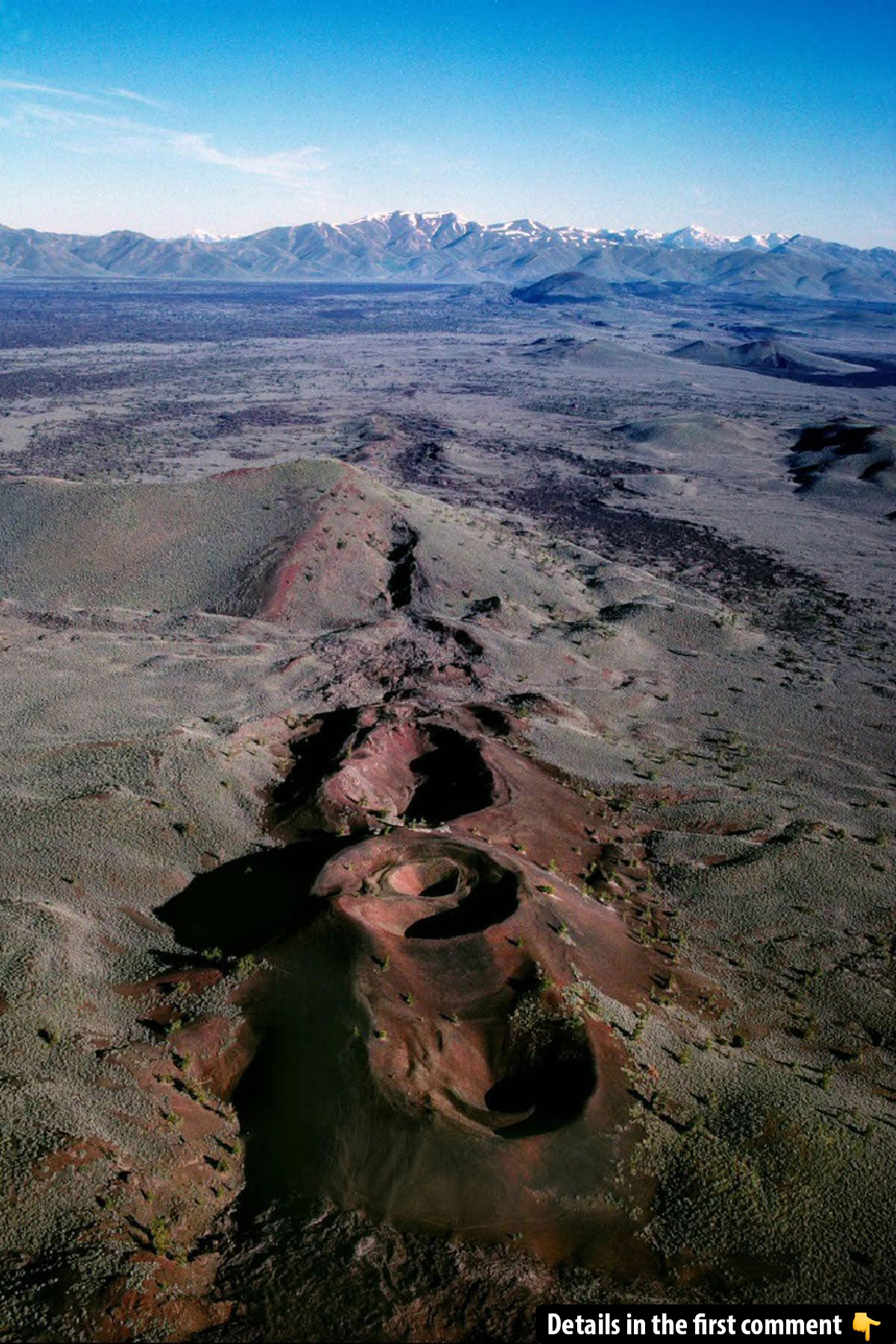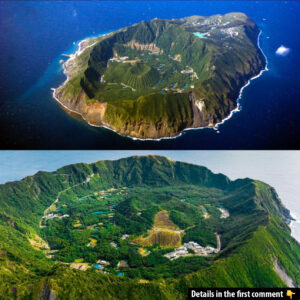In the middle of Idaho’s rugged volcanic terrain lies a mystery waiting to be uncovered—King’s Bowl Crater. Though this crater is largely unknown to the average traveler, it carries with it a story of sudden formation and immense geological force that makes it one of the most fascinating natural features in the region. Born from a massive steam-driven explosion over 2,200 years ago, the crater serves as a powerful reminder of the Earth’s explosive potential and the volcanic activity that shaped much of Idaho’s current landscape. King’s Bowl is not just another volcanic feature; it’s a rare and significant geological gem in the heart of Idaho’s Great Rift.
The Unique Formation of King’s Bowl Crater
What sets King’s Bowl Crater apart from the countless other volcanic craters around the world? Unlike many craters formed over millennia by slow, eruptive processes, King’s Bowl emerged in an instant, shaped by a single violent event. Approximately 2,200 years ago, magma deep underground met heated groundwater, triggering a massive steam explosion. This violent outburst resulted in the sudden formation of a crater approximately 280 feet long. The surrounding landscape was immediately transformed, and the impact left behind a crater with steep, unstable walls—a dangerous, yet awe-inspiring reminder of nature’s raw power.
The crater’s formation was so swift and explosive that it presents an unusual contrast to more traditional volcanic craters, which typically take years or even centuries to form. King’s Bowl is a fascinating anomaly in this sense, underscoring the unpredictable nature of Earth’s geological processes.
Video
Watch this video to explore Idaho’s forgotten volcano, the Cerro Grande Lava Field, and uncover the volcanic history that shaped the landscape.
King’s Bowl Crater: A Volcanic Mystery in Idaho’s Great Rift
King’s Bowl is situated within Idaho’s Great Rift, a massive 52-mile system of deep cracks in the Earth’s surface. This rift stretches across the region, creating a geological wonder that offers insights into the planet’s volcanic activity. The Great Rift is one of North America’s most recent and active rift systems, where volcanic eruptions have shaped the landscape for thousands of years. The entire area is known for its dramatic volcanic features, including lava fields, fissures, and deep craters like King’s Bowl.
The Great Rift holds historical significance, not just for geologists but also for the indigenous peoples who have lived in the area for centuries. Today, it remains a protected area, offering a glimpse into both the ancient past and the present-day volcanic processes that continue to shape Idaho’s unique landscape. As a part of this remarkable volcanic zone, King’s Bowl Crater stands out as one of the more intriguing features.
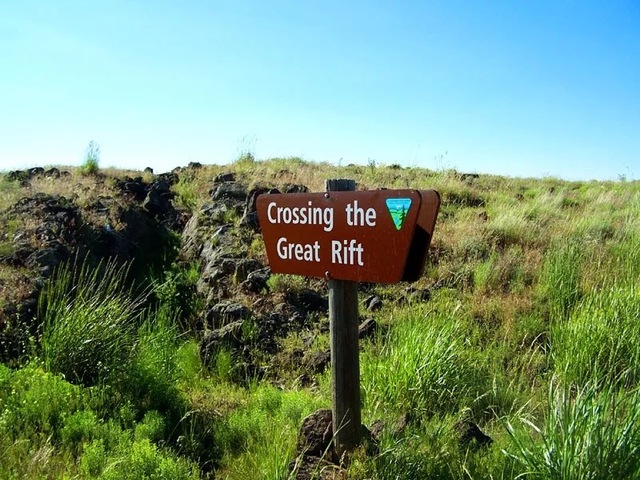
What Sets King’s Bowl Apart from Other Volcanic Craters?
Unlike craters typically formed by slow-moving lava or sustained volcanic eruptions, King’s Bowl’s rapid formation was the result of extreme underground pressure. When magma heated groundwater to the point of steam, the explosive release of energy carved the crater in mere moments. As a result, King’s Bowl has a uniquely sharp and steep profile that contrasts with the more gradual slopes of traditional craters.
This sudden creation of the crater speaks to the immense power locked beneath the Earth’s surface, where molten rock and water interact in dramatic, often unpredictable ways. The sheer magnitude of the steam explosion serves as a reminder that geological processes can reshape landscapes in ways that are both instantaneous and awe-inspiring.
A Geological Time Capsule: The Beauty and Dangers of King’s Bowl Crater
While King’s Bowl Crater is undoubtedly a stunning feature, its unstable walls make it a potentially hazardous area. The steep sides of the crater are a result of the violent explosion that created it, and over time, the fragile rock formations have been subject to erosion. Visitors to the crater are cautioned to avoid approaching too closely, as the risk of rockfalls and further instability remains high.
Yet, this danger only adds to the allure of King’s Bowl. It’s a place of profound beauty and raw, untamed power—a space where the forces of nature have left their indelible mark. The crater serves as both a geological monument and a stark reminder of how quickly and dramatically the Earth can change.
The Surprising World of Craters of the Moon National Monument
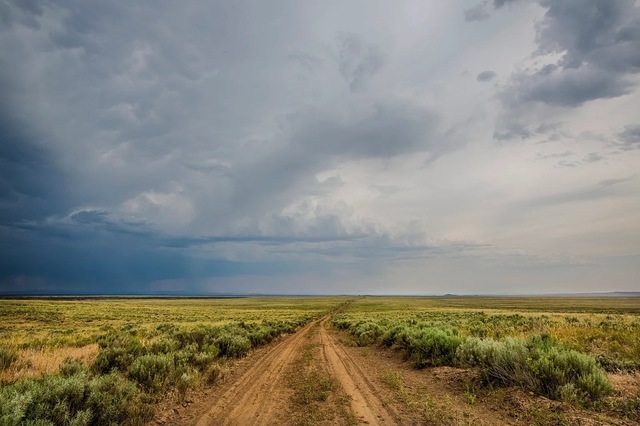
Located nearby is the Craters of the Moon National Monument and Preserve, a sprawling 1,100-square-kilometer area known for its striking volcanic landscape. This national monument features vast lava fields, volcanic cones, and numerous craters, making it one of the most unique and otherworldly landscapes in the United States. King’s Bowl Crater, while located just outside the preserve, remains one of the most remarkable features within the area.
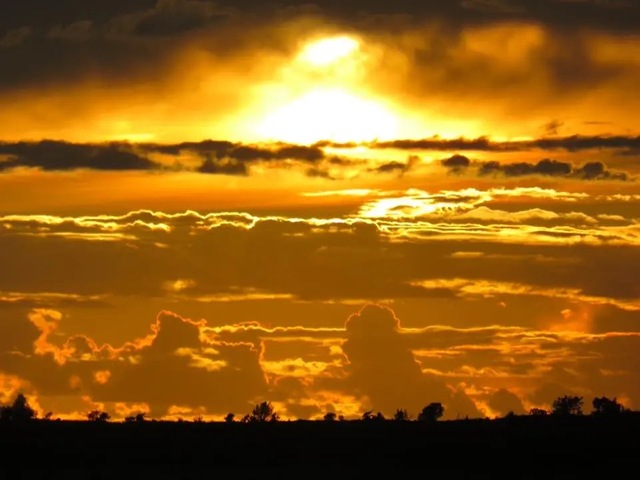
The monument itself is a geological wonder that draws visitors from around the world. Craters of the Moon offers both stunning beauty and an educational experience, with its volcanic history on full display. Visitors can explore the area’s craters, caves, and lava tubes, many of which were created by eruptions as recent as 1,600 years ago. These volcanic features, including King’s Bowl, serve as a living testament to the power and unpredictability of the Earth’s volcanic activity.
The Fascinating Cultural and Historical Context of Idaho’s Volcanic Landscape
The volcanic landscape of Craters of the Moon has long been recognized for its unique beauty, and for good reason. Its striking colors—ranging from deep blacks and rusty reds to pale yellows—make it a place like no other. The landscape is also deeply rooted in the history of the area, having played a significant role for indigenous peoples and early explorers. For centuries, the volcanic regions of Idaho have been home to a variety of tribes, each with their own understanding of the land and its mysteries.
The rugged terrain, once avoided by early pioneers, now attracts a new generation of explorers, scientists, and tourists. King’s Bowl Crater itself is a symbol of both Idaho’s history and its dynamic geological future. The area’s volcanic activity continues to shape the landscape, providing valuable insight into the ongoing processes that define the region.
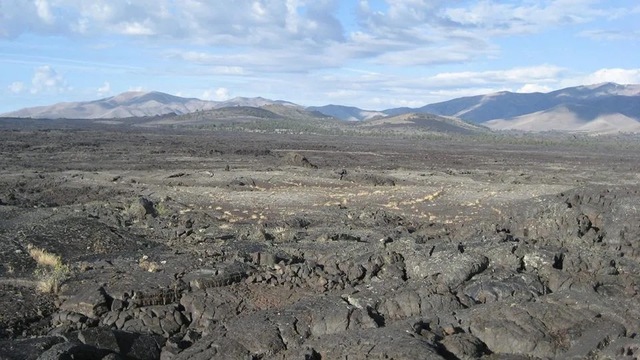
A Visit to the Edge of the Earth: Exploring King’s Bowl and Surroundings
For those adventurous enough to visit, the King’s Bowl Crater offers a chance to witness one of Earth’s most dramatic geological features. While the crater itself is off-limits due to safety concerns, the surrounding area of Craters of the Moon National Monument provides ample opportunities for exploration. Visitors can hike through the volcanic fields, take in breathtaking views of the surrounding lava flows, and marvel at the vastness of the landscape.
Whether you’re a seasoned geologist, an avid adventurer, or simply someone who enjoys exploring unique natural wonders, King’s Bowl and the Craters of the Moon National Monument are must-see destinations. The opportunity to stand in the shadow of such a powerful geological feature is a rare experience that few other places can offer.
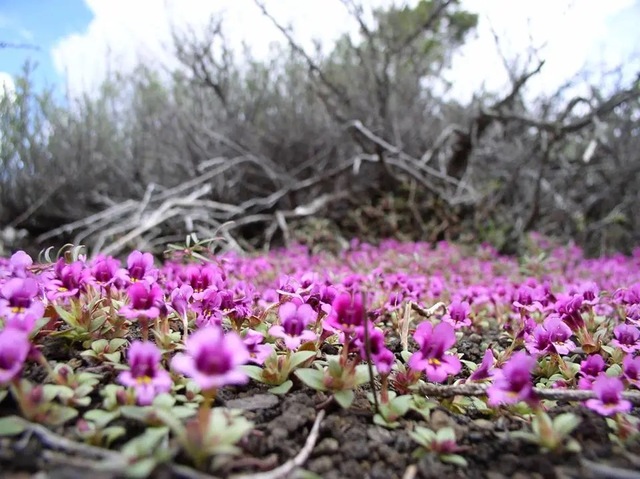
Video
Check out this video to discover why Idaho’s geography is underrated, showcasing the state’s stunning landscapes and hidden natural wonders.
Conclusion: King’s Bowl and the Ongoing Mystery of Earth’s Explosive Power
King’s Bowl Crater is more than just a geological anomaly—it’s a reminder of the raw, untamed forces that shaped the world we live in today. Its sudden formation, the product of underground pressures and explosive forces, offers a glimpse into the unpredictability of Earth’s volcanic activity. As one of the most unique features in Idaho’s Great Rift, King’s Bowl continues to inspire awe and curiosity in all who encounter it.
As research and exploration continue, we are likely to uncover even more secrets about this enigmatic crater and the volcanic forces that created it. In the meantime, King’s Bowl stands as a testament to the dynamic and unpredictable nature of our planet, reminding us of the power of the Earth’s explosive forces and the mysteries still waiting to be discovered.
